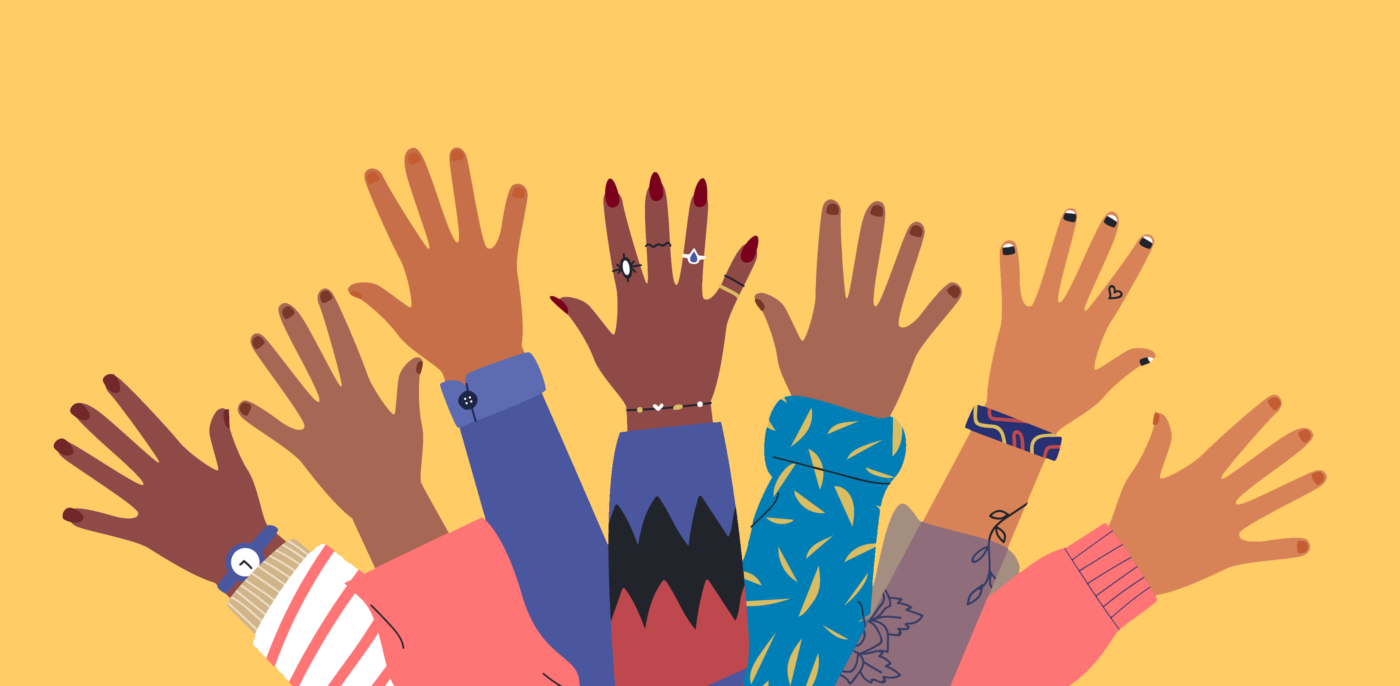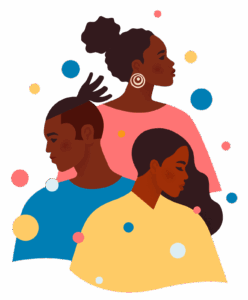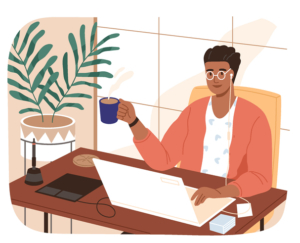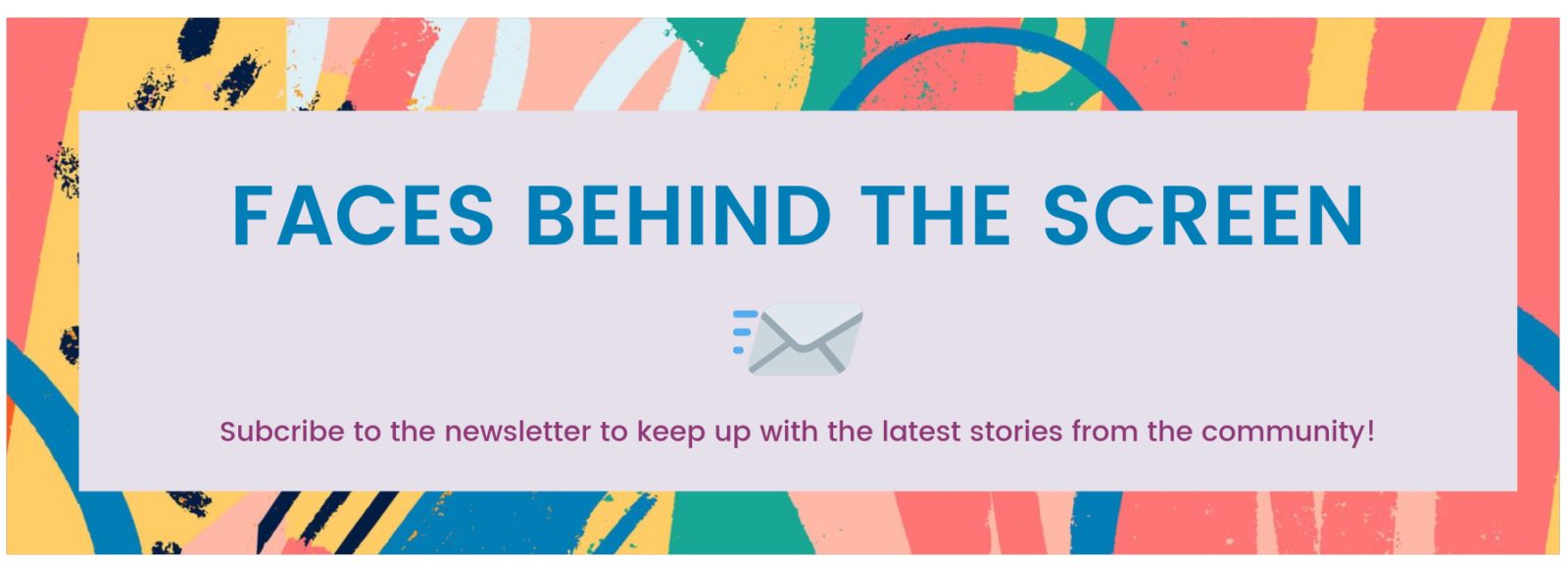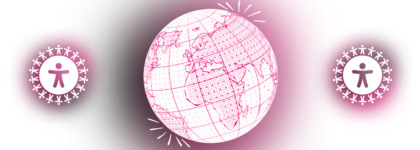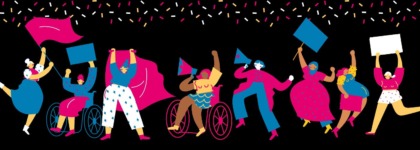Celebrating Black History Month: Deaf Culture and Black ASL
Updated: October 23, 2023
Every year in February during Black History Month we celebrate the work and legacy of prominent Black leaders who’ve paved a way for racial equity and inclusion in the United States. It’s also a time when people celebrate Black culture and history including music, art, literature, etc.
Within the larger Black American community, there are a plethora of diverse groups and experiences. One of these groups is the Black deaf community, who have their own unique culture and language.
In this post, we’ll highlight the history of Black Deaf culture in America, Black American Sign Language (ASL), and the importance of its legacy beyond Black History Month.
Read Accessibility Stories from the Community ☑️
The Origins of Black ASL
Sign language is a form of communication that is mostly made up of signs with the hands and other body movements, including facial expressions and postures of the body. Depending on where you are in the world, sign language can vary.
For example, in the United States, most Deaf people use American Sign Language to communicate. However, in Nicaragua, Deaf people use Nicaraguan Sign Language (NSL). Just because both an American and Nicaraguan use sign language, it doesn’t mean that they can understand each other. Each language has its nuances, grammar, and complexities – just like any other spoken language.
ASL is not a universal language, even within the United States. Various groups of Deaf people sign differently depending on their race and where they are in the country. That’s where Black ASL comes in.
During American slavery, there weren’t any established schools for Black children – deaf or hearing. After the Civil War and abolition of slavery, Black people began to open their own schools since they weren’t allowed to attend schools with white students.
Even deaf children, regardless of race, attended different schools than their hearing counterparts. That meant Black deaf children had to attend schools specifically created for their race and disability.
It was during this period of segregation that Black Deaf communities had to use different means of language socialization to communicate.
Because Black and White’s deaf students socialized in different environments, their sign languages were different, too.
Black ASL was more in line with the traditional version of ASL, like using two hands when signing. Some of the major differences of Black ASL are that it uses more facial expressions and personality. Many Black ASL signers say that it allows them to showcase more of their “attitude” and “persona” compared to ASL. You’ll also see that Black ASL uses more signing space as well.
According to Nakia Smith (highlighted in the video above), she says that the biggest difference between Black ASL and ASL is that Black ASL “got seasoning”. It’s very similar to what we, in the hearing world, call Ebonics or African-American Vernacular English (AAVE). It’s a complete language with its own terms and nuances that are more commonly used in the Black community.
However, just like AAVE, Black ASL changes depending on where you live in the U.S. For example, someone in New York will sign completely differently from someone who lives in Texas.
There’s a myth that Black ASL is not as “good” or “formal” as ASL, but that is the furthest thing from the truth.
In many academic settings, Black deaf students feel the need to code-switch, “the practice of shifting the languages you use or the way you express yourself in your conversations”, in order to fit in with their white counterparts. The truth is, Black ASL represents the richness of culture, history, and pride of the Black Deaf community.
Black Deaf Culture in the Digital Age
In the past year, we’ve had more conversations around race and equity as a global society. Movements like Black Lives Matter have spearheaded conversations on the importance of the overall wellbeing of Black communities across the globe.
When thinking about what it means to be Black, many people mistakenly believe that it’s a monolith and that every Black person has the same experience; however, it’s more nuanced than that. When we start to add in other identities like womxn, disabled, LGBTQIA, etc., or even geographical and socioeconomic statuses, it changes the experience.
Since starting her TikTok account in April of 2020, Nakia Smith, also known as Charmay, went viral for a series of videos teaching people about Black ASL.
Her popular videos shed light on an aspect of Black culture that isn’t always represented in mainstream media – the intersection of being both Black and deaf.
Now that our world is relying more on technology to stay connected, many people in the Black Deaf community are using this opportunity to highlight their culture, language, and the importance of its preservation.
—
This Black History Month we encourage you to take the time to celebrate the number of Black Deaf people and organizations who are spotlighting the Black Deaf culture! Check out the following resources: 👇
➡️ Groups and Organizations:
➡️ Black Deaf Influencers and Creators:
- Nakia Smith, Viral Deaf TikToker
- Aaron Loggins, Deaf Performer, Activist, and Actor
- Leyland Lyken aka DJ Suaplee, Deaf DJ and Poet
- Aaron Pagan, Account Manager for Purple Communications and Deaf Activist
- Matt Maxey, DEAFinitetly Dope, ASL Interpreter and Deaf Activist
➡️ Books Highlighting Black Deaf People and Culture:
- Sounds Like Home: Growing up Black and Deaf in the South by Mary Herring Wright
- The Hidden Treasure of Black ASL: Its History and Structure by
- Black Deaf Lives Matter: A Fun Coloring & Activity Book by
- God Knows His Name: The True Story of John Doe No. 24 by
➡️ Further Learning:
- Gallaudet University Press: The Hidden Treasure of Black ASL
- The Language & Life Project: Signing Black in America
- RIT National Institute for the Deaf Presents: Black ASL: History, Culture, and Language
Further Reading

Subscribe to the Blog Digest
Sign up to receive our blog digest and other information on this topic. You can unsubscribe anytime.
By subscribing you agree to our privacy policy.


